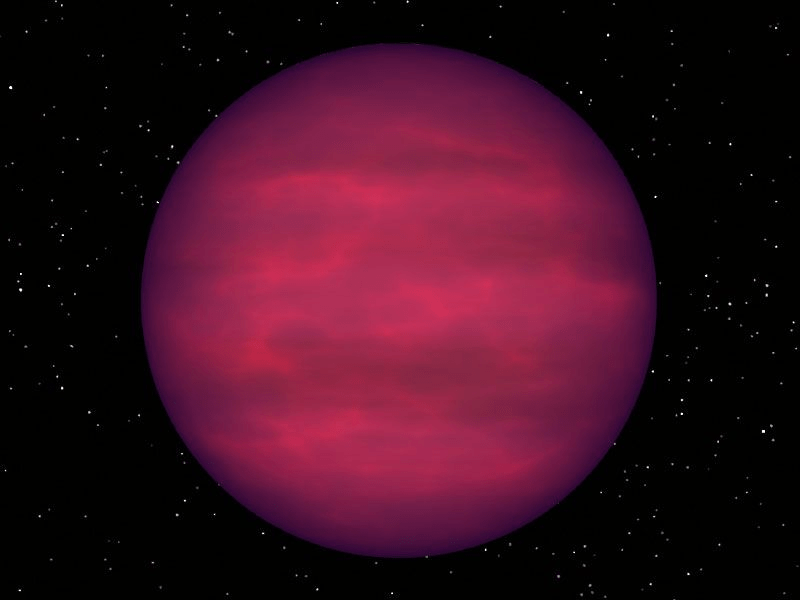Astronomers have a brown dwarf problem. They should be seeing a lot more of these objects, which are cooler than stars but hotter than planets. Yet, there have only been about 40 directly imaged over the past few decades. Why aren’t astronomers finding more of them? It helps to remember that brown dwarfs are dim, low-temperature objects. They don’t stand out in a crowded starfield. If they’re too close to their stars, the starlight hides them from our view. They’re much better observed in the infrared part of the electromagnetic spectrum. All these characteristics make hunting for them difficult.
Continue reading “A New Technique Finds a Bundle of Brown Dwarfs”Cosmic Dawn Ended 1.1 Billion Years After the Big Bang
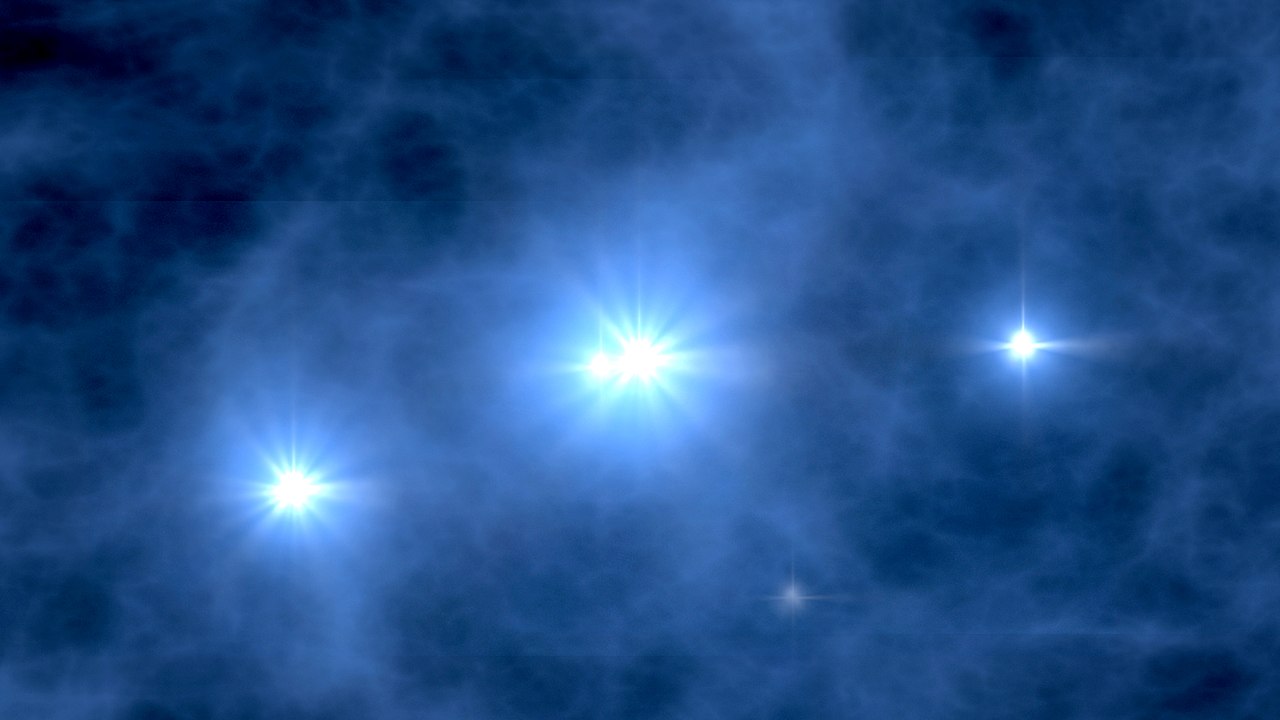
We’re all familiar with the famous opening of the TV show “The Big Bang Theory”. It’s a song that begins with the verse: “The whole Universe was in a hot dense state…” performed by the BareNakedLadies band. Turns out it’s not just a cute line. The Ladies are right—it describes exactly what was going on with the Universe a long time ago. After the Big Bang, the cosmos was an intensely hot, dense, rapidly expanding soup of plasma. It was also in a cosmic “dark age” because there were no sources of light. It was just… well… dark. And hot.
Continue reading “Cosmic Dawn Ended 1.1 Billion Years After the Big Bang”Ingenuity has Lost its Sense of Direction, but It’ll Keep on Flying
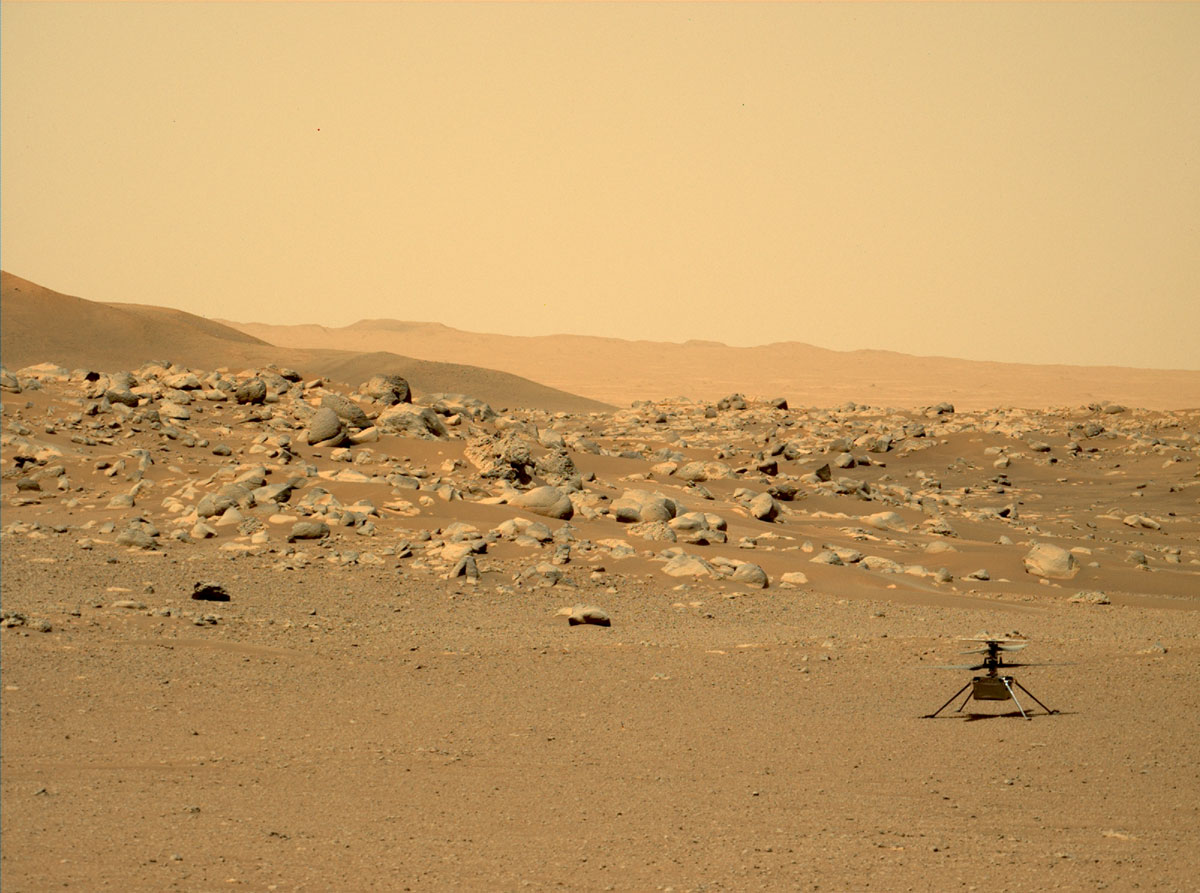
Things are getting challenging for the Ingenuity helicopter on Mars. The latest news from Håvard Grip, its chief pilot, is that the “Little Chopper that Could” has lost its sense of direction thanks to a failed instrument. Never mind that it was designed to make only a few flights, mostly in Mars spring. Or that it’s having a hard time staying warm now that winter is coming. Now, one of its navigation sensors, called an inclinometer, has stopped working. It’s not the end of the world, though. “A nonworking navigation sensor sounds like a big deal – and it is – but it’s not necessarily an end to our flying at Mars,” Grip wrote on the Mars Helicopter blog on June 6. It turns out that the controllers have options.
Continue reading “Ingenuity has Lost its Sense of Direction, but It’ll Keep on Flying”Astronomers Find 116,000 New Variable Stars
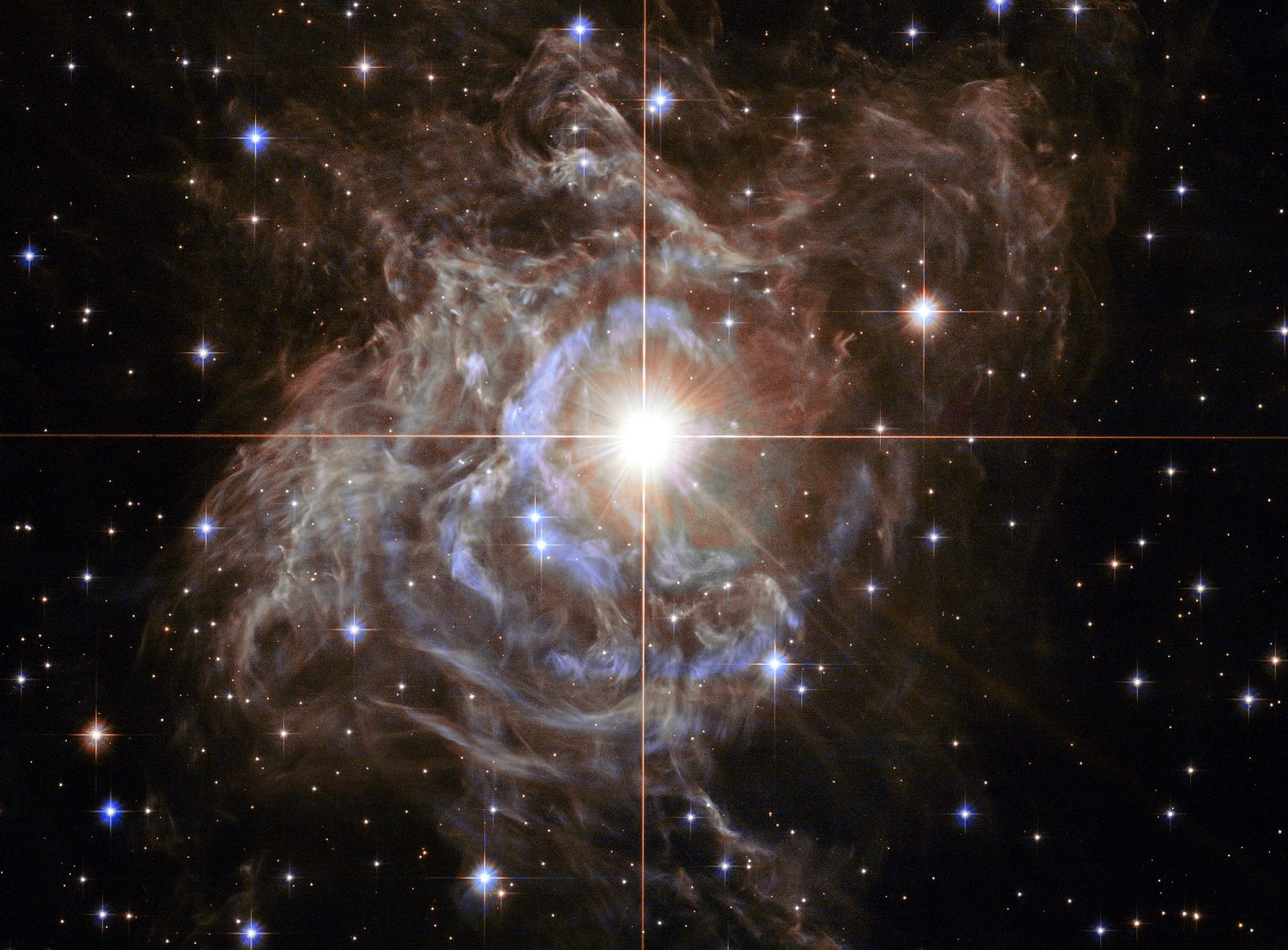
What do two guys from Ohio, the GAIA mission, a worldwide network of ground-based telescopes, machine learning, and citizen scientists all have to do with each other? Thanks to this interesting combo of people and computers, astronomers now have more than 116,000 new variable stars to study. Until now, they knew of about 46,000 of these stars in the Milky Way Galaxy. They had observed maybe 10,000 or so in other galaxies. The discovery gives astronomers even more chances to study variables and understand why they behave the way they do.
Continue reading “Astronomers Find 116,000 New Variable Stars”Why are Uranus and Neptune Different Colors? Haze
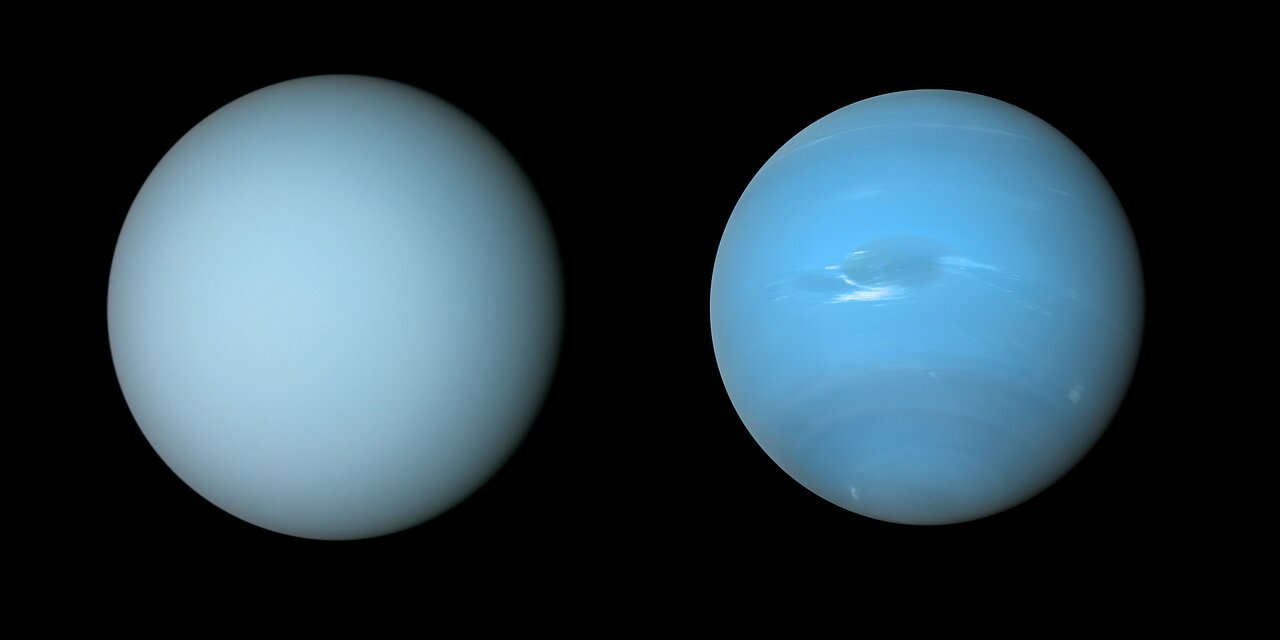
Way back in the late 1980s, the Voyager 2 spacecraft visited Uranus and Neptune. During the flybys, we got to see the first close-up views of those ice giants. Even then, planetary scientists noticed a marked color difference between the two. Yes, they both sport shades of blue. But, if you look closely at Uranus, you see a featureless pale blue planet. Neptune, on the other hand, boasts interesting clouds, dark banding, and dark spots that come and go. They’re all set against a darker blue backdrop.
So, why the difference? Planetary scientists have long suspected aerosols (droplets of gas that have liquids or dust suspended in them) in each atmosphere. But, according to a team of scientists studying the layers of the planets, the hazes those aerosols create may only be part of the story.
Continue reading “Why are Uranus and Neptune Different Colors? Haze”The Building Blocks for Supermassive Black Holes are Found in Dwarf Galaxies
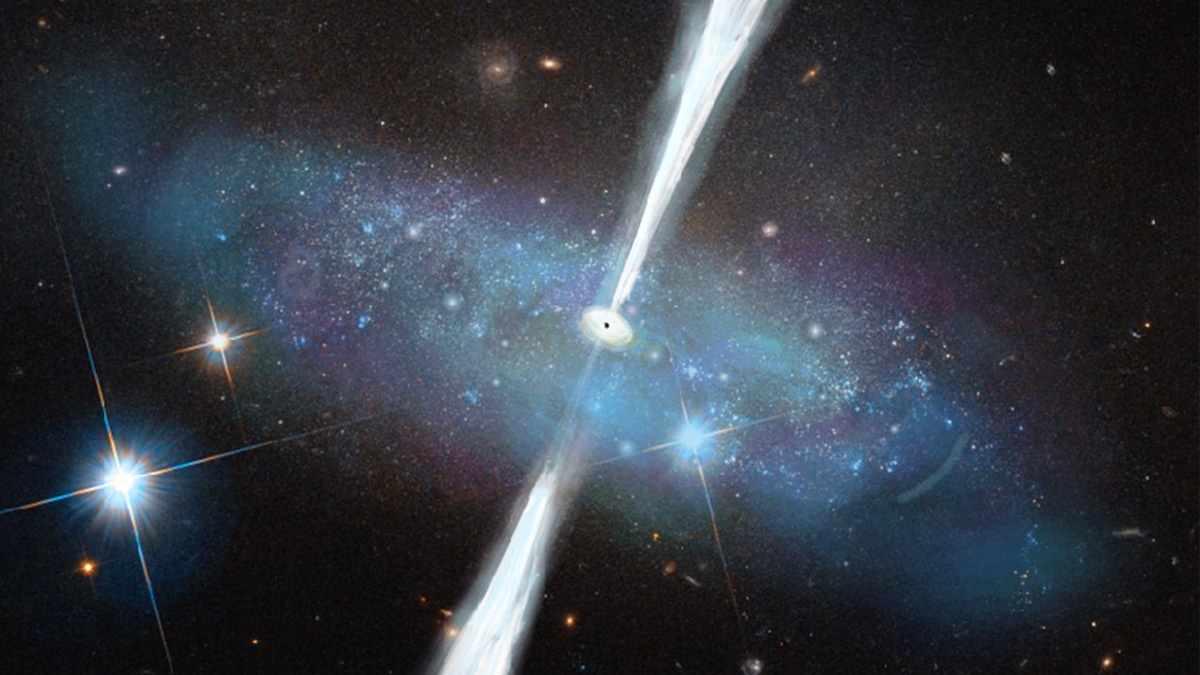
We all know that a humongous black hole exists at the center of our galaxy. It’s called Sagittarius A* (Sgr A* for short) and it has the mass of 4 million suns. We’ve got to see a radio image of it a few weeks back, showing its accretion disk. So, we know it’s there. Astronomers can chart its actions as it gobbles up matter occasionally and they can see how it affects nearby stars. What astronomers are still trying to understand is how Sgr A* formed.
Continue reading “The Building Blocks for Supermassive Black Holes are Found in Dwarf Galaxies”The “Doorway on Mars” is More Like a Dog Door

Remember all the fuss about the “doorway on Mars” from just last week? Well, this week, NASA issued some more information about the rock mound where the Curiosity rover snapped a pic showing a fracture hole in the rock. It looks like a door, but it’s not.
Continue reading “The “Doorway on Mars” is More Like a Dog Door”Thanks to Gaia, Astronomers are Able to Map Out Nebulae in 3D
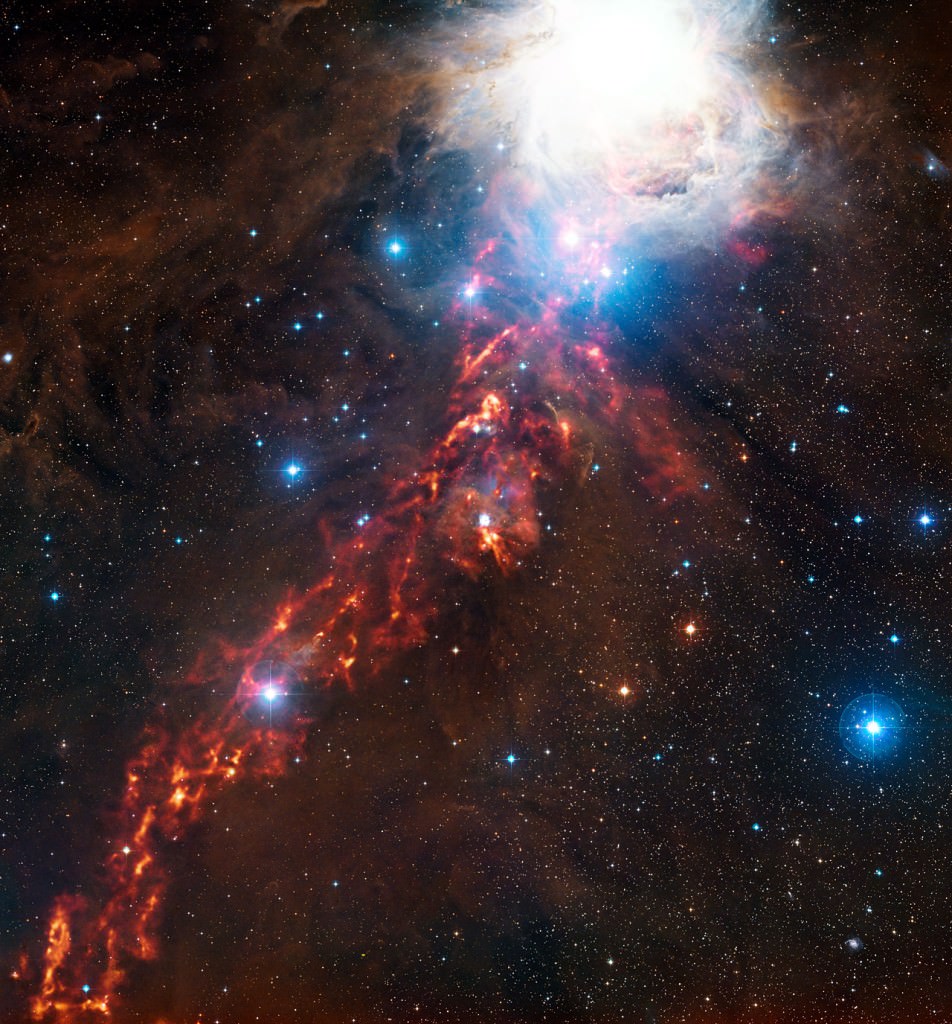
Ever wonder what it would be like to fly through the Orion Nebula with all its newborn stars? Or buzz through the California Nebula? Of course, we’ve seen simulated “fly-throughs” of nebulae in sci-fi TV and movies and on planetarium domes. But, what if we had a warp-speed spaceship and could chart a path through the real thing? The first thing we’d need is accurate data about that region of space. That’s where a 3D model with precise distance measurements to stars and other objects would come in really handy.
Continue reading “Thanks to Gaia, Astronomers are Able to Map Out Nebulae in 3D”Is This the Future of the Milky Way?
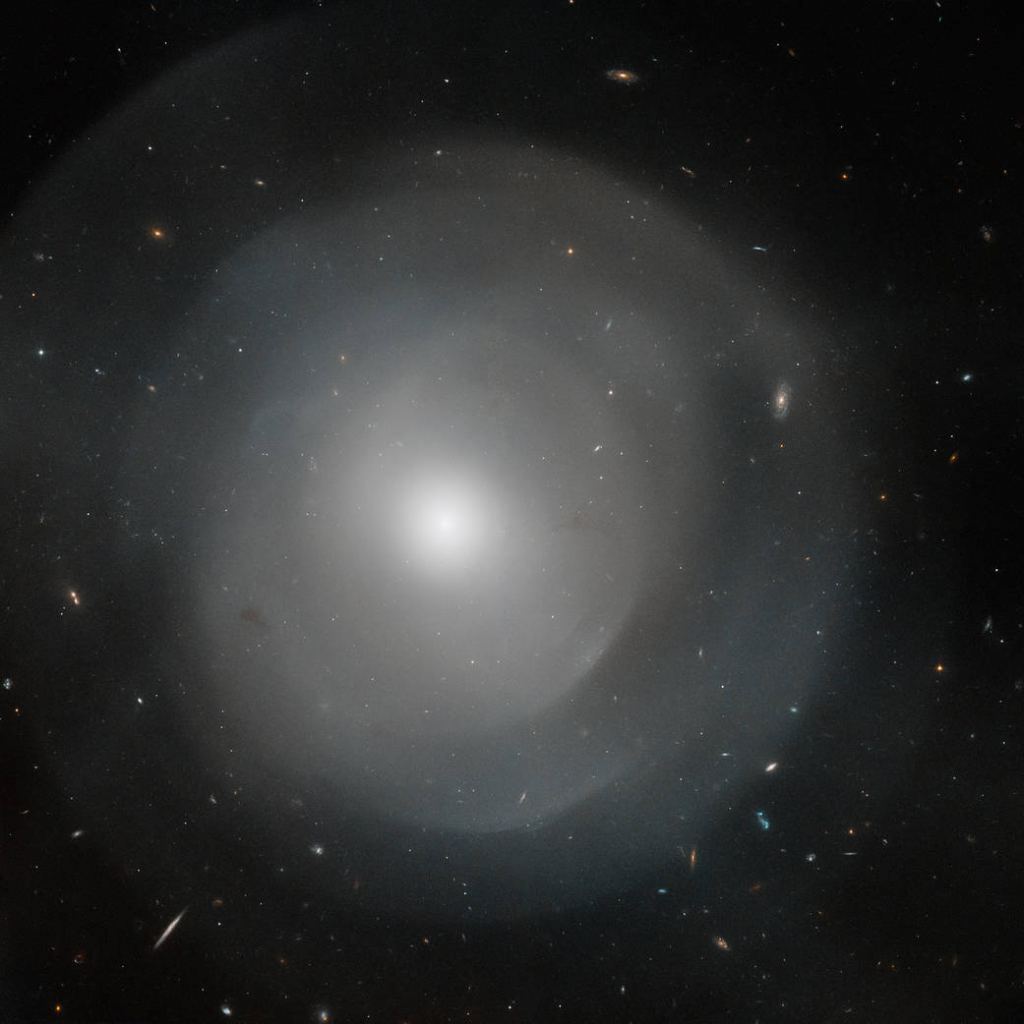
Take a good look at the latest image provided by the Hubble Space Telescope. It shows a huge elliptical galaxy called NGC 474 that lies about 100 million light-years away from us. At about two and a half times larger than our Milky Way Galaxy, it’s really a behemoth. Notice its strange structure—mostly featureless and nearly round, but with layered shells wrapped around the central core. Astronomers want to know what caused these shells. The answer might be in what this galaxy represents: a vision of the future Milky Way and the Andromeda Galaxy.
Continue reading “Is This the Future of the Milky Way?”No, This Isn’t a Doorway on Mars
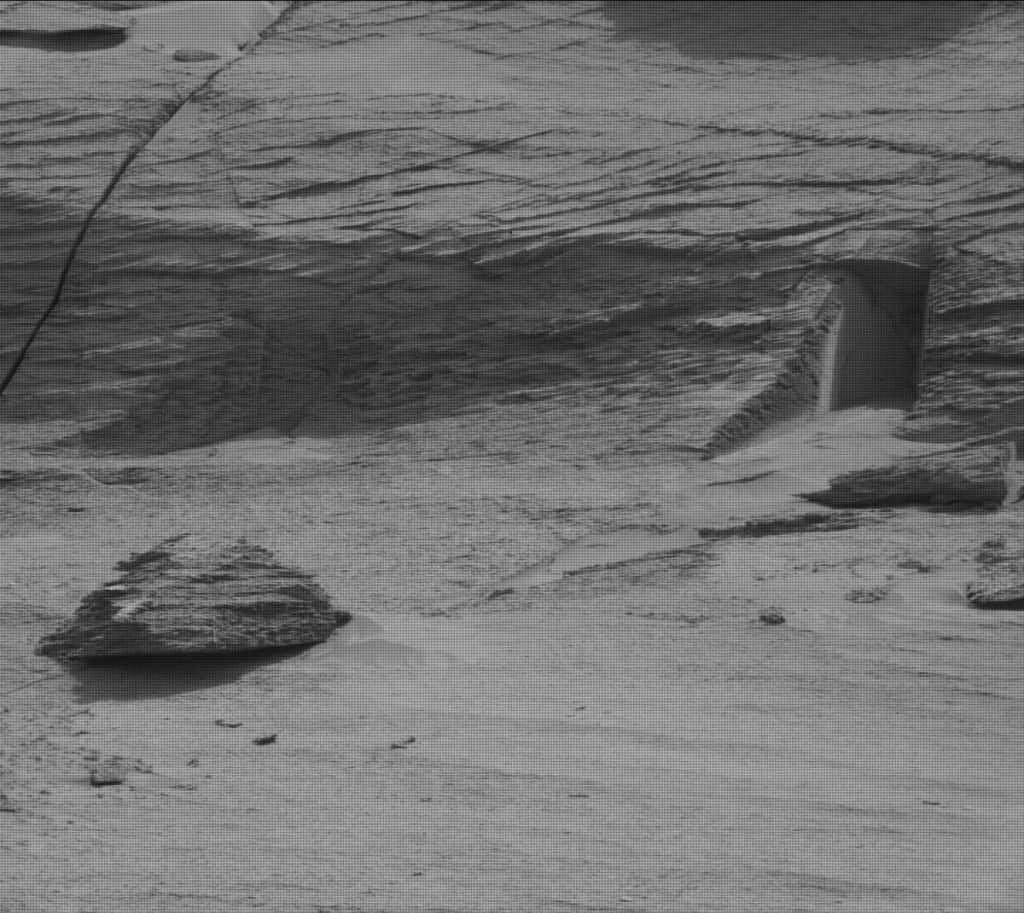
The planet Mars has a lot of intriguing geological features, but a doorway in the side of some sedimentary rock on the flank of Mount Sharp (Aeolis Mons) isn’t one of them. In fact, no such doorway on Mars (supposedly created by aliens) exists. But, there is a break in the rock that really, really does look like one. The fact that it isn’t a real doorway hasn’t stopped a lot of speculation over its appearance in an image snapped by the MastCam on the Curiosity rover on Sol 3466 (May 7, 2022). The plain truth is that the odd-looking feature is really a fracture in ancient layers of sand that have hardened into rock over millions of years. A combination of light, shadow and viewing angle makes it look like a door. But, it’s not.
Continue reading “No, This Isn’t a Doorway on Mars”
